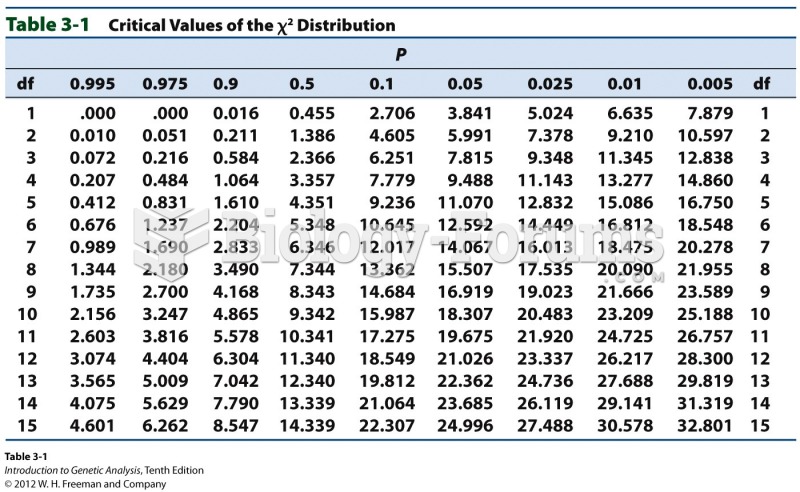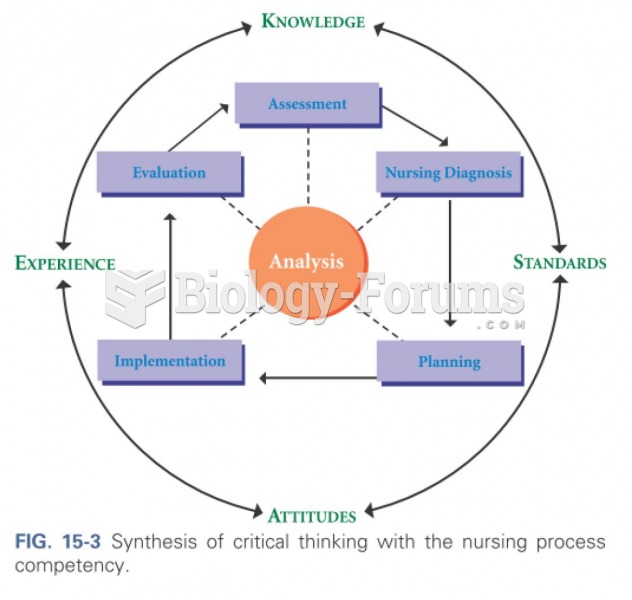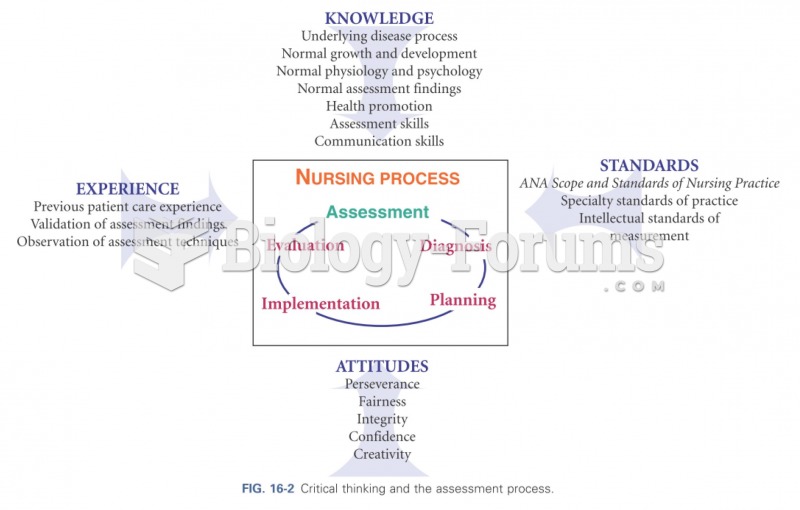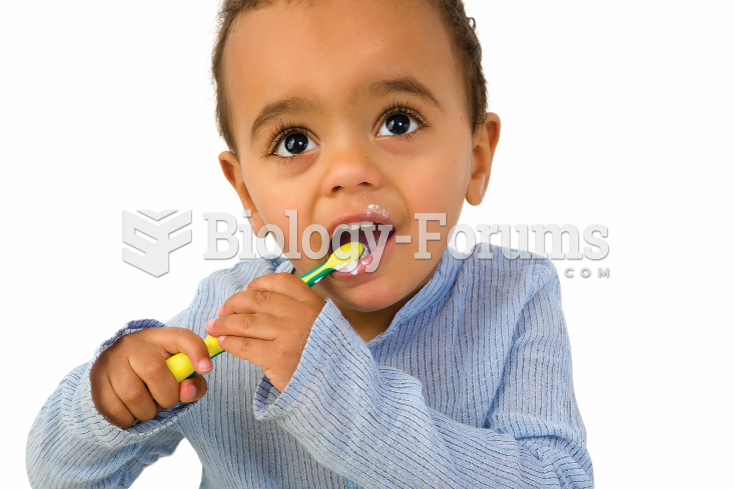Answer to Question 1
First, organizing the names of the skills on a sphere is truer to our lived experience of engaging in reflective judgment. We have all experienced those moments when, in the mental space of a few seconds, our minds fly from interpretation to analysis to inference and evaluation as we try to sort out our thoughts before we commit ourselves to a particular decision. We may go back and forth interpreting what we are seeing, analyzing ideas and drawing tentative inferences, trying to be sure that we have things right before we make a judgment. Second, a sphere does not presume any given order of events, which, for the present, is truer to the current state of the science. Maybe brain research will lead to refinements in our understanding of the biochemical basis and sequencing of higher order reasoning, but for the present, we should not jump to conclusions. Third, a sphere reminds us about another important characteristic of critical thinking skills, namely that each can be applied to the other and to themselves. We can analyze our inferences. We can analyze our analyses. We can explain our interpretations. We can evaluate our explanations. We can monitor those processes and correct any mistakes we might see ourselves making. In this way, the core critical thinking skills can be said to interact.
Answer to Question 2
The answer to the first part of this question begins with the material presented in the THINKING CRITICALLY Box entitled Religious Practices and BeliefsWhat Do We Know? which is in the section entitled Problems in College and Beyond. The response to the second part of this question depends on the strength of the student's critical thinking skills and their ability to analyze the differences between knowing about a religion and living one's life according to the beliefs and social mores of that religion.







